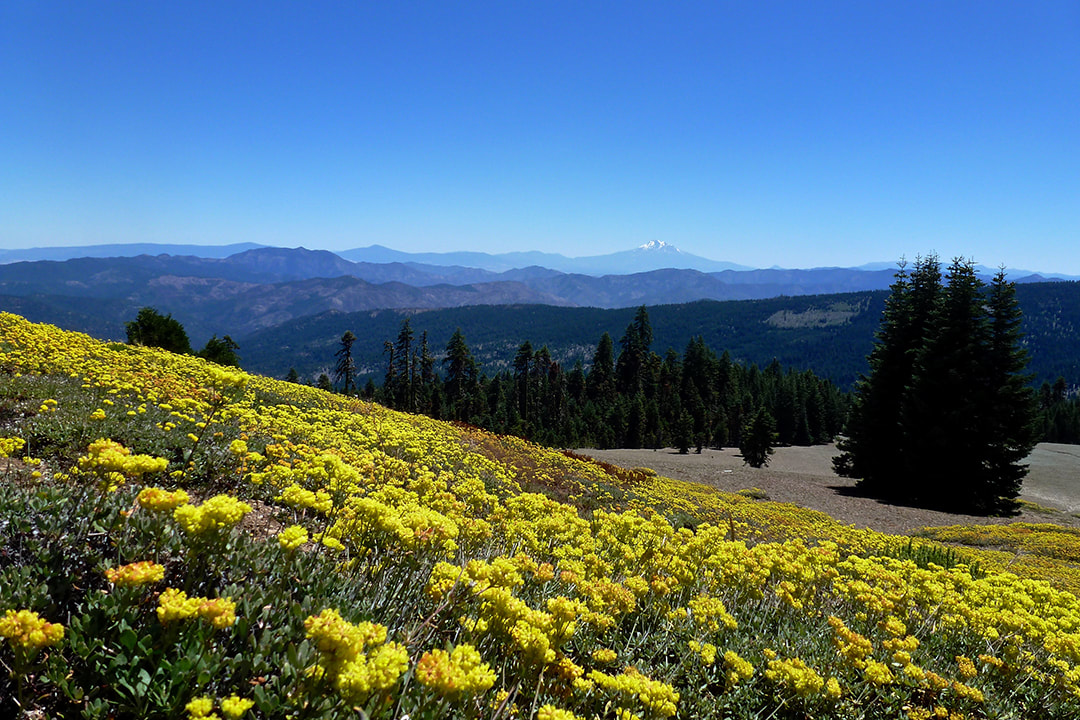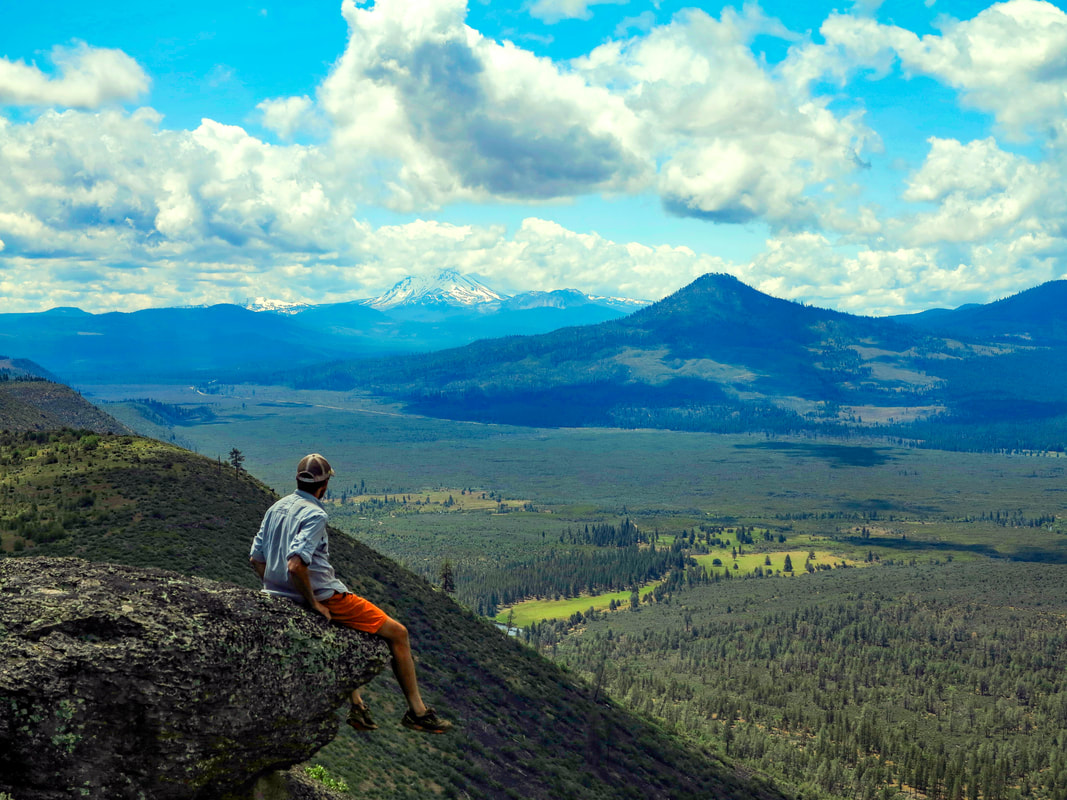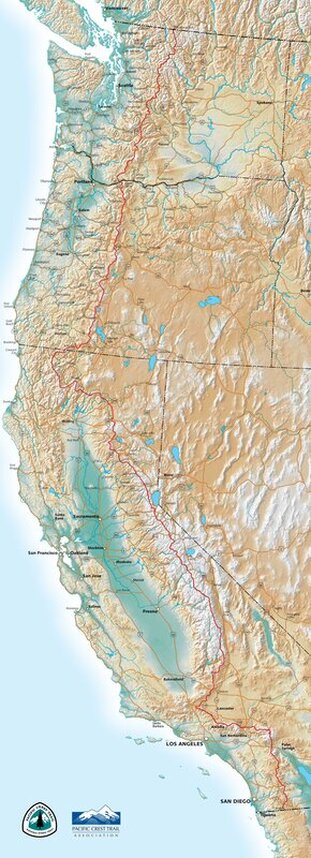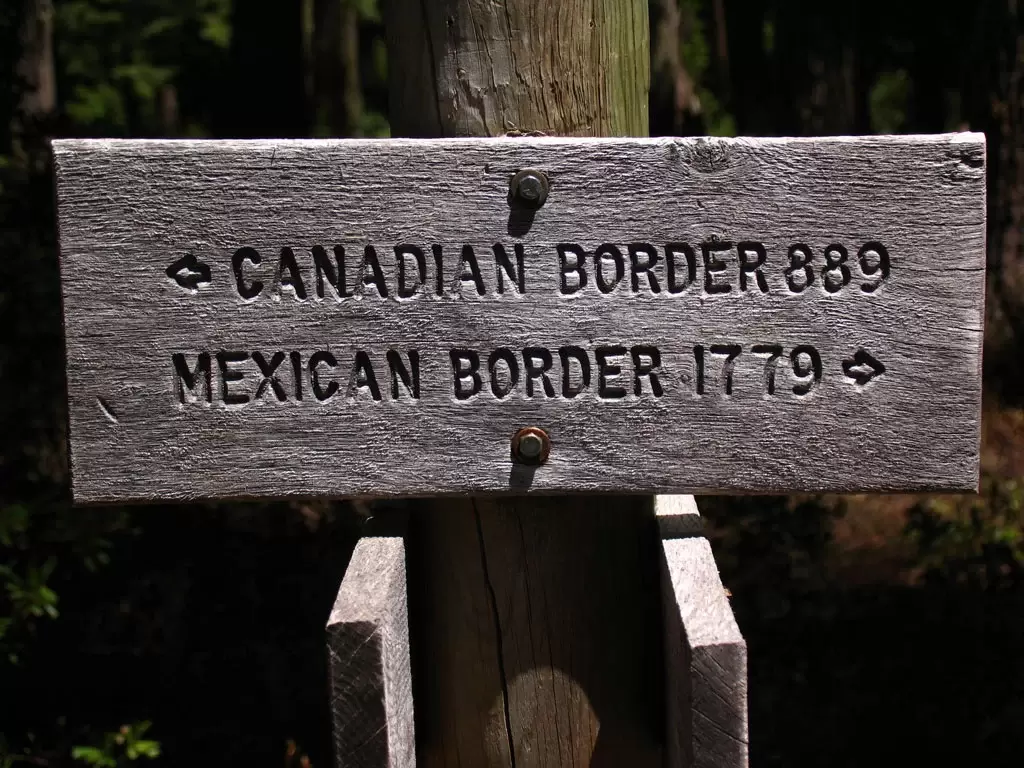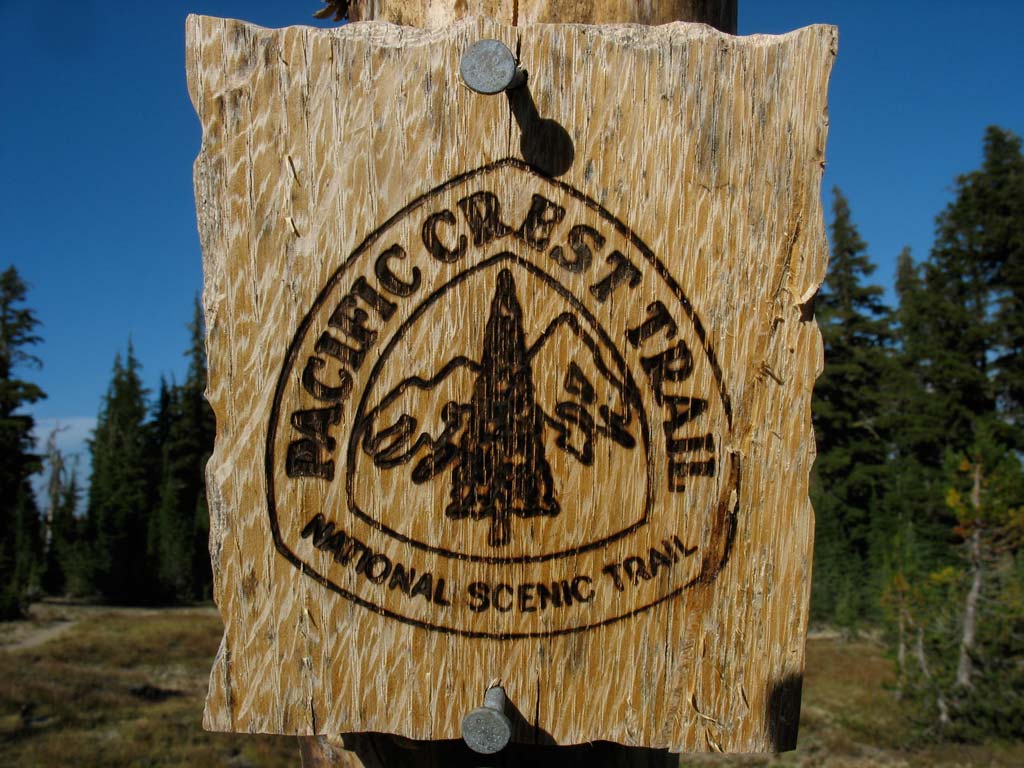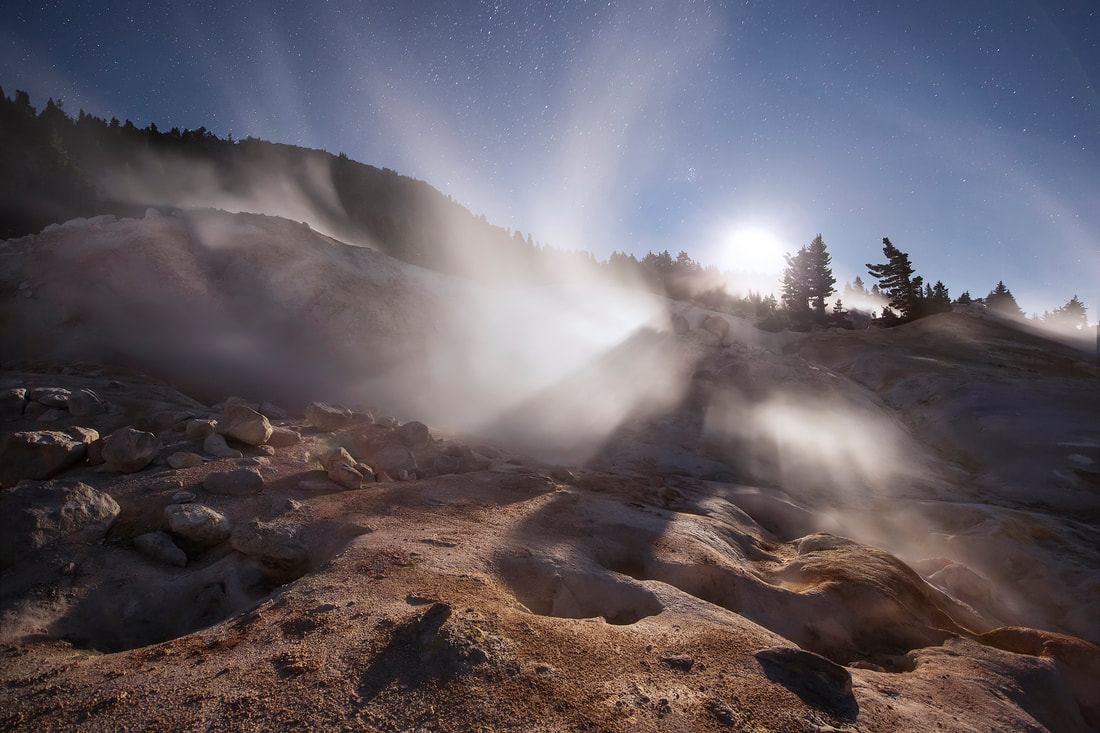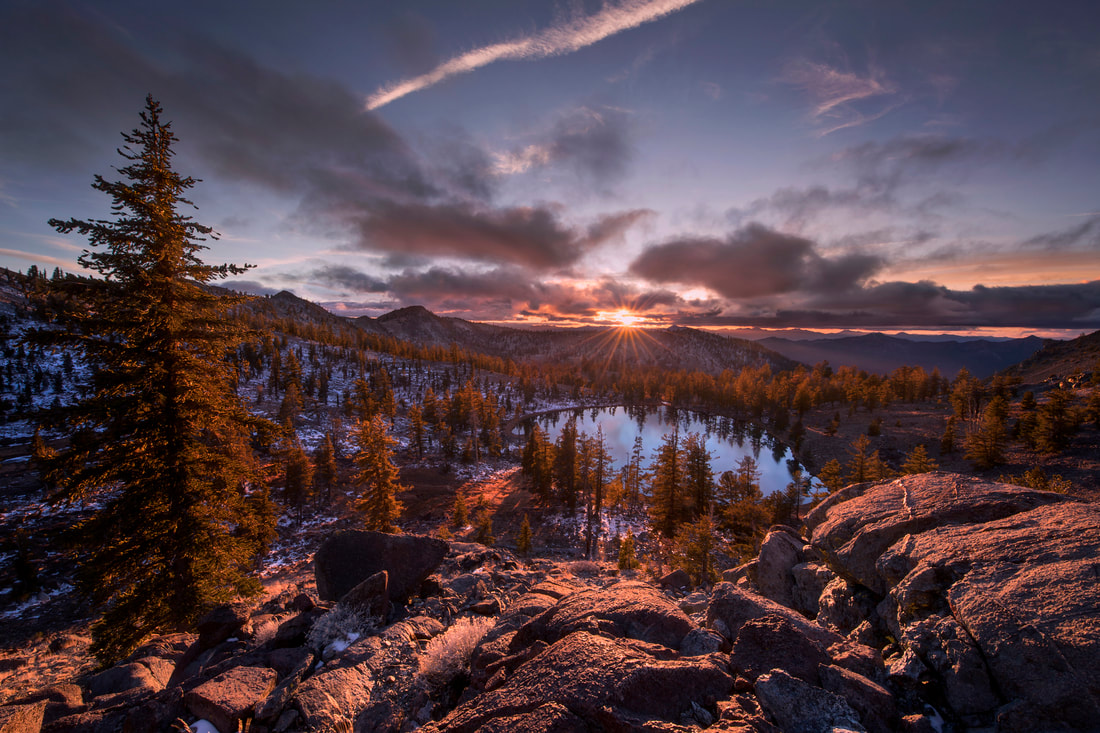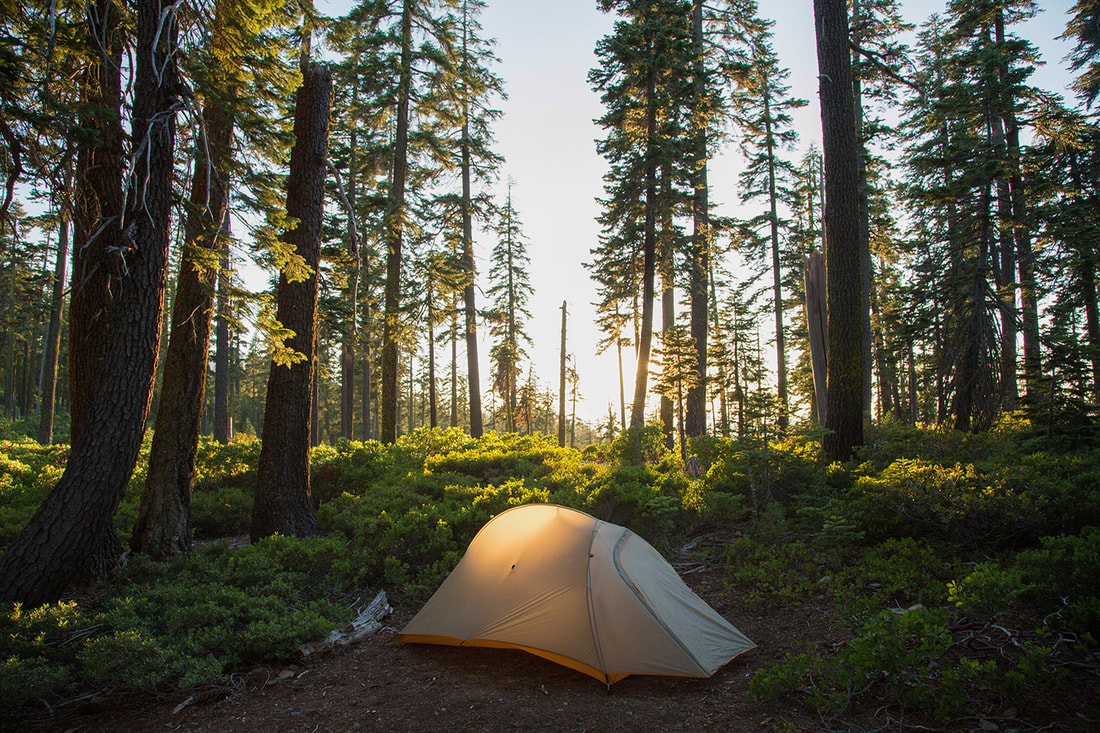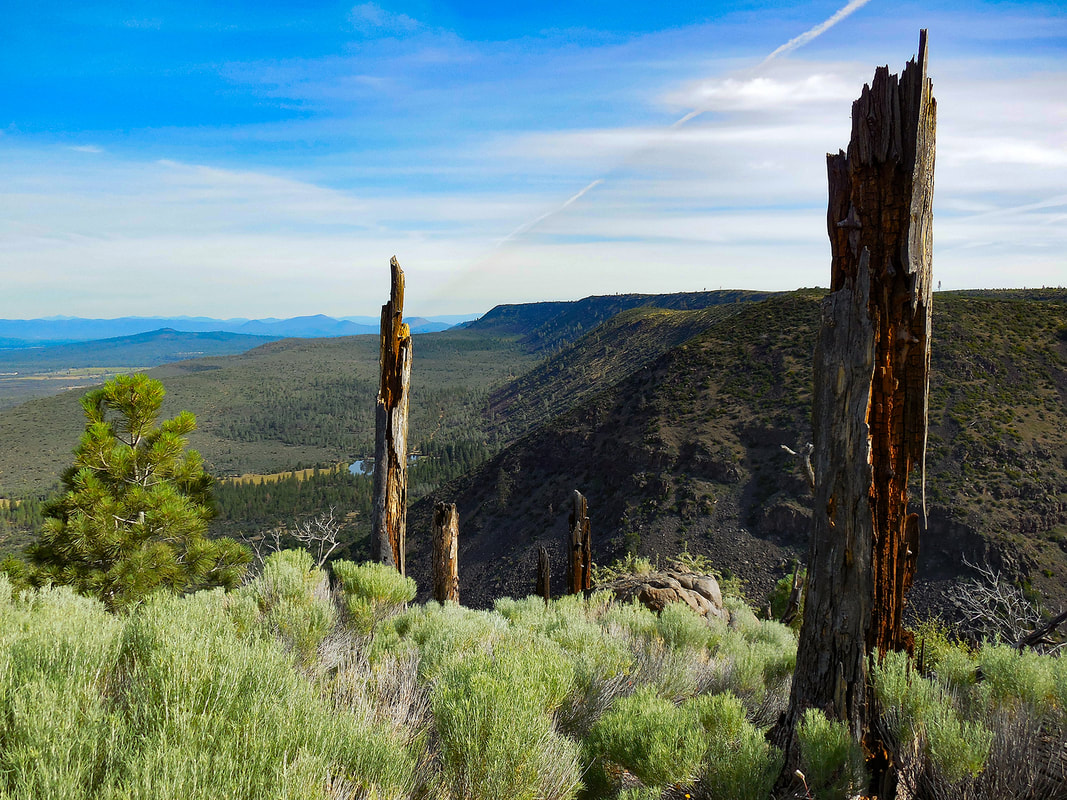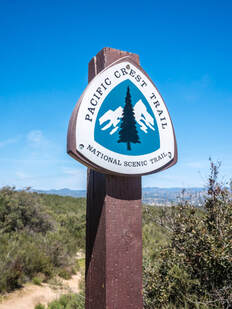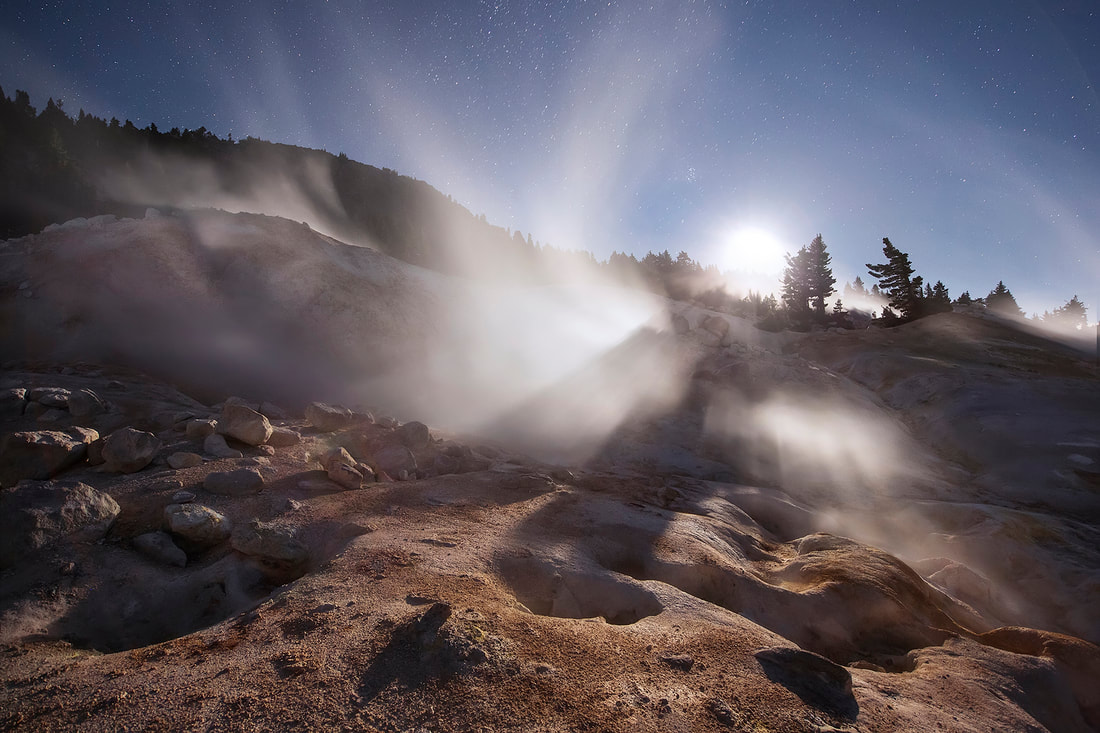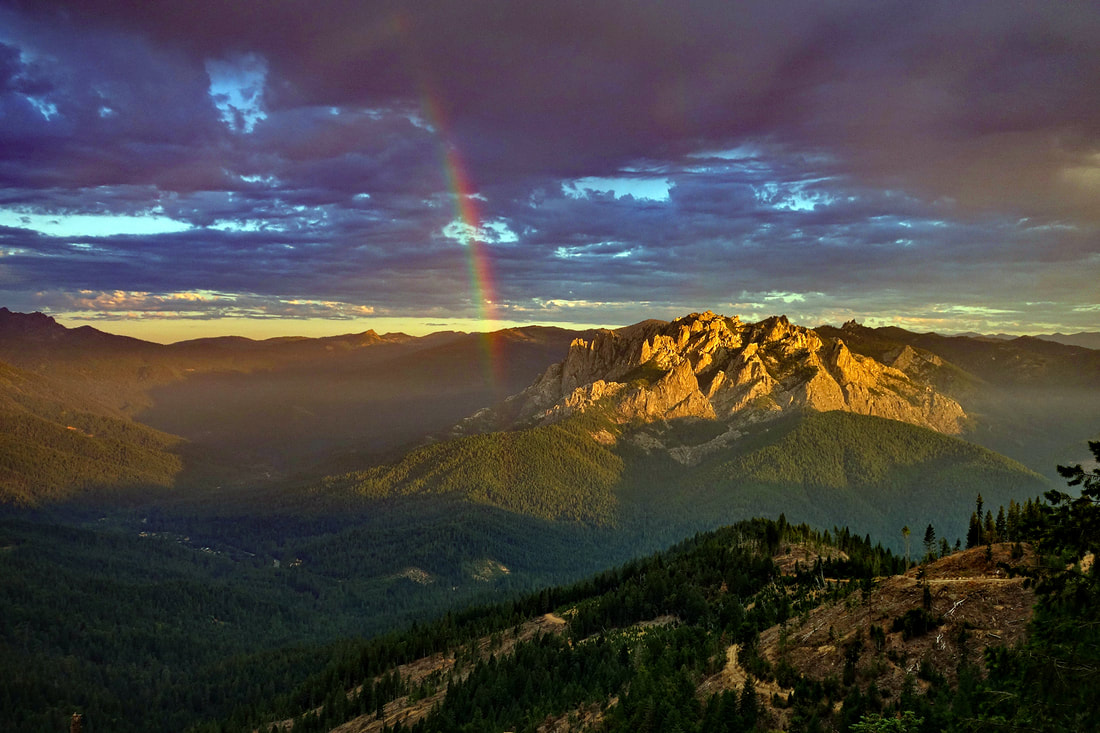Regional Treasure Category - 2020
Pacific Crest Trail
On February 8, 1965 President Lyndon B. Johnson called for development and protection of a balanced system of trails to help protect and enhance the total quality of the outdoor environment, as well as to provide much needed opportunities for healthful outdoor recreation. Soon after, the Secretary of the Interior, Stewart L. Udall requested the Bureau of Outdoor Recreation to take the lead in a nationwide trail study. A four-member steering committee, representing four federal agencies, was appointed to conduct the study. The results were documented in a volume entitled “Trails for America” and were published in December 1966. Trails for America formed the basis for the original language of what was to become the National Trails System Act, passed by Congress on October 2, 1968.
The Act established policies and procedures for a nationwide system of trails consisting of national recreation, scenic, historic, and connecting or side trails. The Appalachian Trail and the Pacific Crest Trail were designated as the nation’s first national scenic trails.
A Pacific Crest National Scenic Trail Advisory Council was appointed and held its first meeting in 1970. Rogers served as a member along with the co-founder of the American Hiking Society, Louise Marshall; a California trail equestrian, Charles Vogel; and Oregon Obsidian, Larry Cash. Other members represented cattle ranchers, timber and mineral interests, youth organizations, Native Americans, and each of the trail states.
At its second annual meeting in May 1971, the Council recommended approval of the Pacific Crest Trail “Guide for Location, Design, and Management.” This guide became the management plan for the trail and has been used by the USDA Forest Service ever since.On January 30, 1973, after consultation with the states, Advisory Council members and participating agencies, the Forest Service published in the Federal Register the selected route of the Pacific Crest National Scenic Trail.
The current Pacific Crest Trail Association was first chartered as the Pacific Crest Trail Conference in 1977 under the leadership of Rogers and M. Merritt Podley. It is the natural outgrowth of the Pacific Crest Trail System Conference and the Pacific Crest Trail Club (an individual membership group that Rogers founded for hikers and equestrians.)
Rogers ran the Conference and Club from his home in Santa Ana until his health failed him. He relinquished leadership to Vogel, Cash, and Marshall in the early 1980’s and the Club was merged into the Conference.
The name was changed to the Pacific Crest Trail Association in 1992 to reflect the focus and volunteer structure of the new group as an individual membership organization, rather than a federation of outdoor clubs. The board of directors developed new bylaws for volunteer governance of the organization and took over the responsibilities of serving the membership.
In 1993, the PCTA signed a memorandum of understanding with the Forest Service, Park Service and the BLM. This agreement recognizes the PCTA as the federal government’s major partner in the management and operation of the Pacific Crest National Scenic Trail. In June of the same year, the Pacific Crest Trail Association joined the U.S. Forest Service and other land management agencies in celebrating the completion of the trail with a “Golden Spike” ceremony near Soledad Canyon in the Angeles National Forest. While the trail was declared complete, approximately 200 miles remain on private land and thus at risk of urban encroachment and impacts on resources. In some areas, the PCT runs through private land via right-of-way easements as narrow as just eight feet. Other portions of the PCT exist without easements, and work continues to secure the trail in optimal locations.
With assistance from the Forest Service, the Association hired its first full-time, paid executive director Bob Ballou (a former Boy Scout executive) and a membership services director Joe Sobinovsky (a 1995 thru-hiker) in 1996. At the time the Association had just 800 members and then-president Alan Young helped the PCTA to develop its first long-range plan that included growth to 5,000 members in just five years. The focus of the Association at that time was almost entirely on recruiting and training volunteers for trail maintenance. Then, in 1997 the Association became aware that segments of the trail on both private and public land in Agua Dulce, Calif., were on the auction block and that the conditions and continuity of the trail was in danger. With that the PCTA added “protection” of the trail to its mission. Today, the PCTA is “the voice” of the PCT, its steward, and its guardian, crucial to ensuring that the trail experience and the opportunities for outdoor recreation it affords remain in keeping with the original vision of its founders.
History continues to be made with each hiker and equestrian who travels the trail, each member who joins the PCTA, each PCTA president, board of directors member, staff member, and volunteer who dedicates time and talent to help ensure that its border-to-border route is available for generations to come.
The Act established policies and procedures for a nationwide system of trails consisting of national recreation, scenic, historic, and connecting or side trails. The Appalachian Trail and the Pacific Crest Trail were designated as the nation’s first national scenic trails.
A Pacific Crest National Scenic Trail Advisory Council was appointed and held its first meeting in 1970. Rogers served as a member along with the co-founder of the American Hiking Society, Louise Marshall; a California trail equestrian, Charles Vogel; and Oregon Obsidian, Larry Cash. Other members represented cattle ranchers, timber and mineral interests, youth organizations, Native Americans, and each of the trail states.
At its second annual meeting in May 1971, the Council recommended approval of the Pacific Crest Trail “Guide for Location, Design, and Management.” This guide became the management plan for the trail and has been used by the USDA Forest Service ever since.On January 30, 1973, after consultation with the states, Advisory Council members and participating agencies, the Forest Service published in the Federal Register the selected route of the Pacific Crest National Scenic Trail.
The current Pacific Crest Trail Association was first chartered as the Pacific Crest Trail Conference in 1977 under the leadership of Rogers and M. Merritt Podley. It is the natural outgrowth of the Pacific Crest Trail System Conference and the Pacific Crest Trail Club (an individual membership group that Rogers founded for hikers and equestrians.)
Rogers ran the Conference and Club from his home in Santa Ana until his health failed him. He relinquished leadership to Vogel, Cash, and Marshall in the early 1980’s and the Club was merged into the Conference.
The name was changed to the Pacific Crest Trail Association in 1992 to reflect the focus and volunteer structure of the new group as an individual membership organization, rather than a federation of outdoor clubs. The board of directors developed new bylaws for volunteer governance of the organization and took over the responsibilities of serving the membership.
In 1993, the PCTA signed a memorandum of understanding with the Forest Service, Park Service and the BLM. This agreement recognizes the PCTA as the federal government’s major partner in the management and operation of the Pacific Crest National Scenic Trail. In June of the same year, the Pacific Crest Trail Association joined the U.S. Forest Service and other land management agencies in celebrating the completion of the trail with a “Golden Spike” ceremony near Soledad Canyon in the Angeles National Forest. While the trail was declared complete, approximately 200 miles remain on private land and thus at risk of urban encroachment and impacts on resources. In some areas, the PCT runs through private land via right-of-way easements as narrow as just eight feet. Other portions of the PCT exist without easements, and work continues to secure the trail in optimal locations.
With assistance from the Forest Service, the Association hired its first full-time, paid executive director Bob Ballou (a former Boy Scout executive) and a membership services director Joe Sobinovsky (a 1995 thru-hiker) in 1996. At the time the Association had just 800 members and then-president Alan Young helped the PCTA to develop its first long-range plan that included growth to 5,000 members in just five years. The focus of the Association at that time was almost entirely on recruiting and training volunteers for trail maintenance. Then, in 1997 the Association became aware that segments of the trail on both private and public land in Agua Dulce, Calif., were on the auction block and that the conditions and continuity of the trail was in danger. With that the PCTA added “protection” of the trail to its mission. Today, the PCTA is “the voice” of the PCT, its steward, and its guardian, crucial to ensuring that the trail experience and the opportunities for outdoor recreation it affords remain in keeping with the original vision of its founders.
History continues to be made with each hiker and equestrian who travels the trail, each member who joins the PCTA, each PCTA president, board of directors member, staff member, and volunteer who dedicates time and talent to help ensure that its border-to-border route is available for generations to come.
| 2020_pacific_crest_trail_final_1-19-22.jpg | |
| File Size: | 6393 kb |
| File Type: | jpg |
